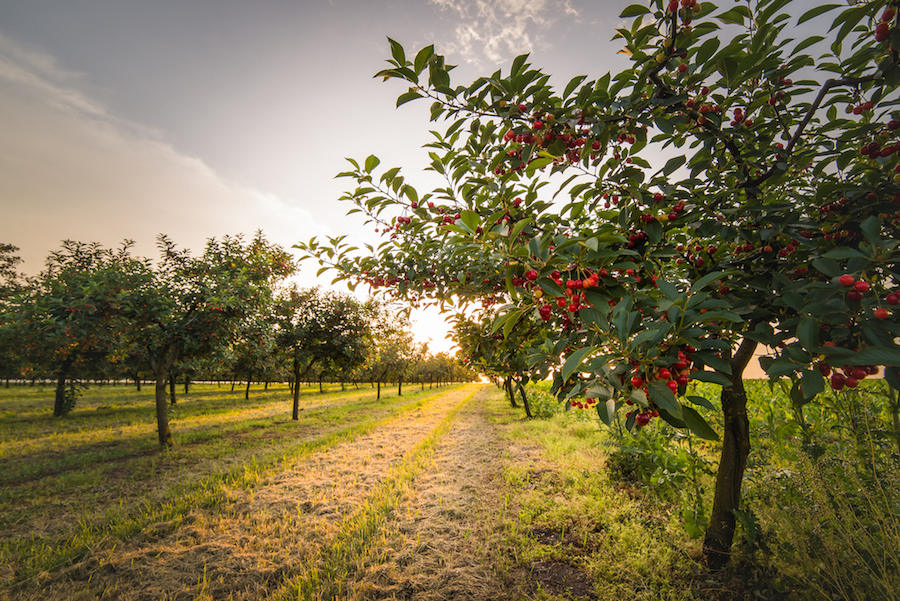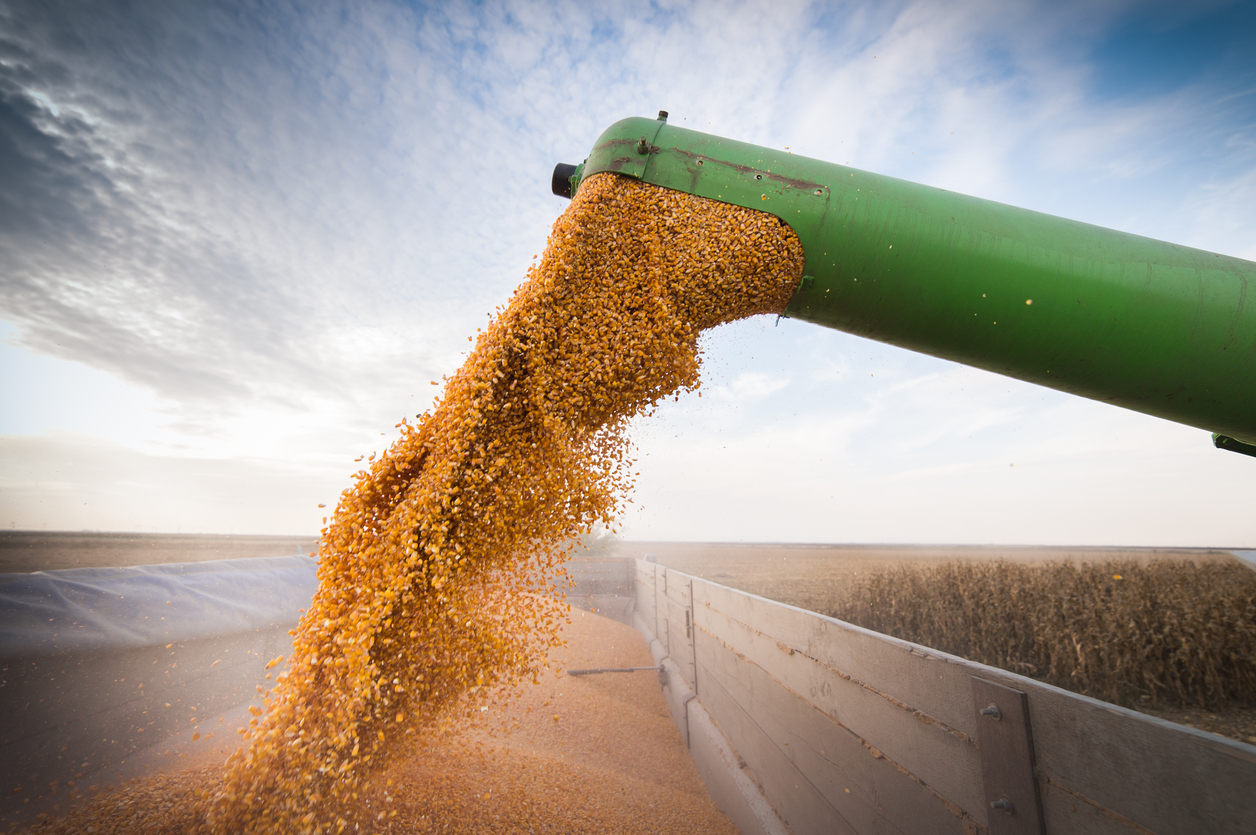When building a portfolio, you may be tempted to stick with traditional stocks, bonds, mutual funds, and exchange-traded funds and stay away from nontraditional investment opportunities. For many, the idea of investing in agriculture is unfamiliar and seems too unconventional since it does not receive as much attention in mainstream investment discussions. Yet investments in farmland and timberland are much more common than you think, as many of the world’s largest investors already understand the benefit of agricultural investing and how it can help them preserve and grow their wealth. Not only do these investments offer steady returns and desirable tax benefits, they can offer investors a chance to pursue their dreams of owning farms or ranches.
Read more3 Reasons Why Women Could Make Great Agriculture Investors
There seems to be a lack of talk about women in investing roles. It is easy to find articles about how to become the next Warren Buffett or Peter Lynch, but what about being the next Geraldine Weiss or Barbara Corcoran? On another note, there's also a lack of talk about women farmers and ranchers. 30% of U.S. farmers are women, yet the face of farming is typically that of a man. Now is the time for these two industries to pair together to build powerhouse investors and agriculturalists. Here are 3 reasons why women could make great agriculture investors:
Read moreGetting Exposure to Frontier Markets via Agriculture
Agriculture offers a solid way to gain exposure to what the investment community calls "emerging markets," and the even less developed, "frontier markets." Emerging markets, like Brazil, are attractive to investors due to their rapid economic growth and industrialization. Frontier markets have lower market capitalization and liquidity than the more developed, emerging markets. Though these definitions aren't universally agreed upon, the investment research firm MSCI has defined these categories and routinely updates their index to reflect the relative status of each country.
Read moreThe Tax Advantages of Investing in Agriculture
Investing in agriculture is a relatively low-risk way to diversify a portfolio, it provides tangible community benefits, but it can also offer investors unique tax advantages. There are several different tax benefits you may be eligible for as an investor, depending on in the type of crop and how the deal is structured. Below, we explore some of the most common tax advantages associated with agricultural investments.Investing in agriculture is a relatively low-risk way to diversify a portfolio, it provides tangible community benefits, but it can also offer investors unique tax advantages. There are several different tax benefits you may be eligible for as an investor, depending on in the type of crop and how the deal is structured. Below, we explore some of the most common tax advantages associated with agricultural investments.
Read more5 Ways to Make Money With Investments In Agriculture
There are many reasons to invest in agriculture: it is a low-risk investment that keeps pace with inflation and increases in value over the long-term, it is a tangible asset that provides benefit to the community, and it can diversify a portfolio. But how exactly does an investment like this make money? Depending on the investment and the type of farm, investors can profit through several different ways. We’ve covered five of the most common ways agriculture generates returns below.
Read moreInvesting in Novel Agriculture Production Systems
Soil-based agriculture has dominated food production for tens of thousands of years. In recent years, so-called "novel farming systems" have become more prevalent. Many of these farming methods -- often involving Controlled Environment Agriculture (CEA) -- are capital intensive to start-up. Funding for these projects can be hard to come by from traditional agriculture lending sources who do not understand how to underwrite them. But for investors who want to play a role in the future of global food production, CEA projects can offer higher risk-adjusted returns. According to AgFunder's 2017 "AgriFood Tech" report, investments in novel farming systems jumped 223% from the previous year. Some examples of novel farming systems are described below.
Read moreInvesting in India's Ag Future
Agriculture plays a vital role in India's economy. At 157.35 million hectares, India holds the second largest agricultural land in the world, according to the India Brand Equity Foundation. India also has an advantage by having all 15 major climates in the world, creating diverse environments for a plethora of crops and animal production within the country. India is the largest producer of spices, pulses, milk, tea, cashew, and jute, and the second largest producer of wheat, rice, fruits & vegetables, sugarcane, cotton, and oilseeds.
Read moreAgriculture Investing - Top Crops of 2018
Investors wishing to diversify their portfolios with natural resources this year are faced with a variety of alternatives. We provide some ideas for the top investment crops of 2018.
Read more3 Ways to Mitigate Risk in Agriculture Investments
We're often asked, "are these investments risky?" Of course, every investment has some level of risk, but agriculture can be one of the safest asset classes if the risks are managed properly. Investors should understand how risks are reduced in any particular asset and agriculture is no different.
Read moreTop 5 Myths About Investing in Agriculture
For most of us, going to the grocery store involves creating a shopping list, fighting through crowds in the meat department, and dreading the lines at the cash register. There’s not much thought about how the food got there, or where the money came from to produce such a large amount of food needed to supply grocery store shelves. You may just think it’s all on the farmer, which in the past, it very well was.
In today’s age, there are opportunities to invest in agriculture and make a difference in what ends up in grocery stores. Yes, you can invest in agriculture, and no you don’t have to be a farmer. Take a look at the other
top myths about investing in agriculture.
Looking For A Sweet Investment? Try Chocolate!
What do tonight’s dessert and your next investment have in common? Potentially chocolate, or cacao plants, at least. Consumer demand for specialty cacao beans continues to grow and is actually outpacing farmers’ ability to grow it in some areas. The demand for specialty or flavored beans used in premium dark chocolate goods is rising even faster than the traditional bulk cacao beans used in other candy that many farmers are used to growing. Like many other soft commodities, the production of cacao is concentrated in a small group of mostly developing countries in the tropics. These farms are susceptible to extreme weather, conflicts, credit shortages, and lack of working capital. Even so, cacao farms present an attractive option for investors looking for relatively low-risk opportunities.
Read moreWhat You Should Know About Non-GMO Investments
Genetically modified organism (GMO) crops were first introduced to the market over 20 years ago as an environmentally-friendly solution to the problem of producing food for a rapidly growing world population. In many parts of the world, they are still seen as the solution for malnutrition, like these bananas that were created to provide children with vital nutrition they were lacking. They are genetically engineered to include traits such as resistance to weeds and pests, allowing farmers to use fewer pesticides. However, in some cases, weeds adapted and became more resistant to herbicide, meaning farmers had to increase their use of it. In addition to the concerns about the safety of ingesting GMOs, consumers began to worry about the health concern of more herbicides being consumed. Recently, the popularity of non-GMO crops has risen, as consumers seek out GMO-free products and farmers return to planting conventional seeds.
Read moreA Little Pork in your Portfolio
Americans have been eating pork for centuries, ever since the first hogs were imported to the United States in 1539. Nowadays, 42% of red meat eaten in the U.S. is pork, and that number has been continuously increasing throughout the past few decades. By the end of 2018, the USDA predicts that demand for pork in America will meet or exceed that of beef. We also export the majority of the world’s pork and pork products, so the future for hog farmers and their investors looks bright.
Read more











